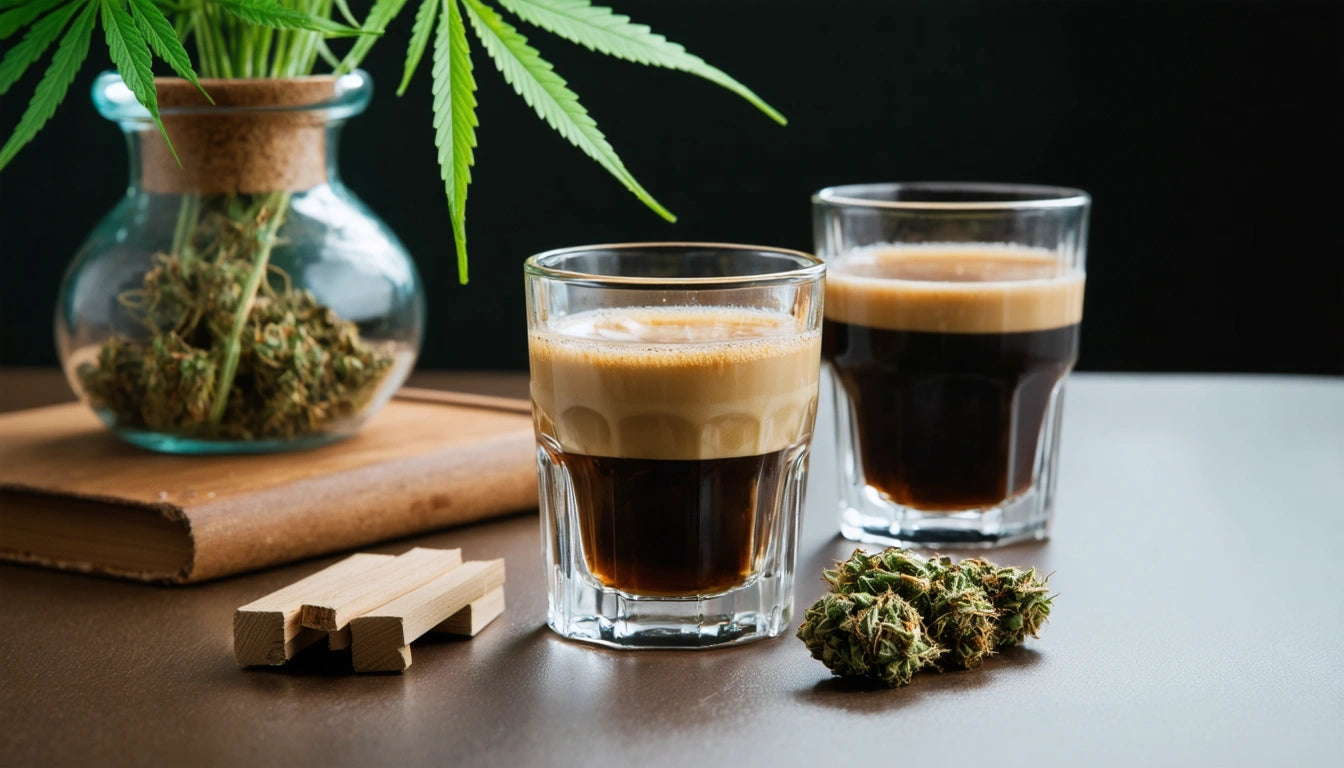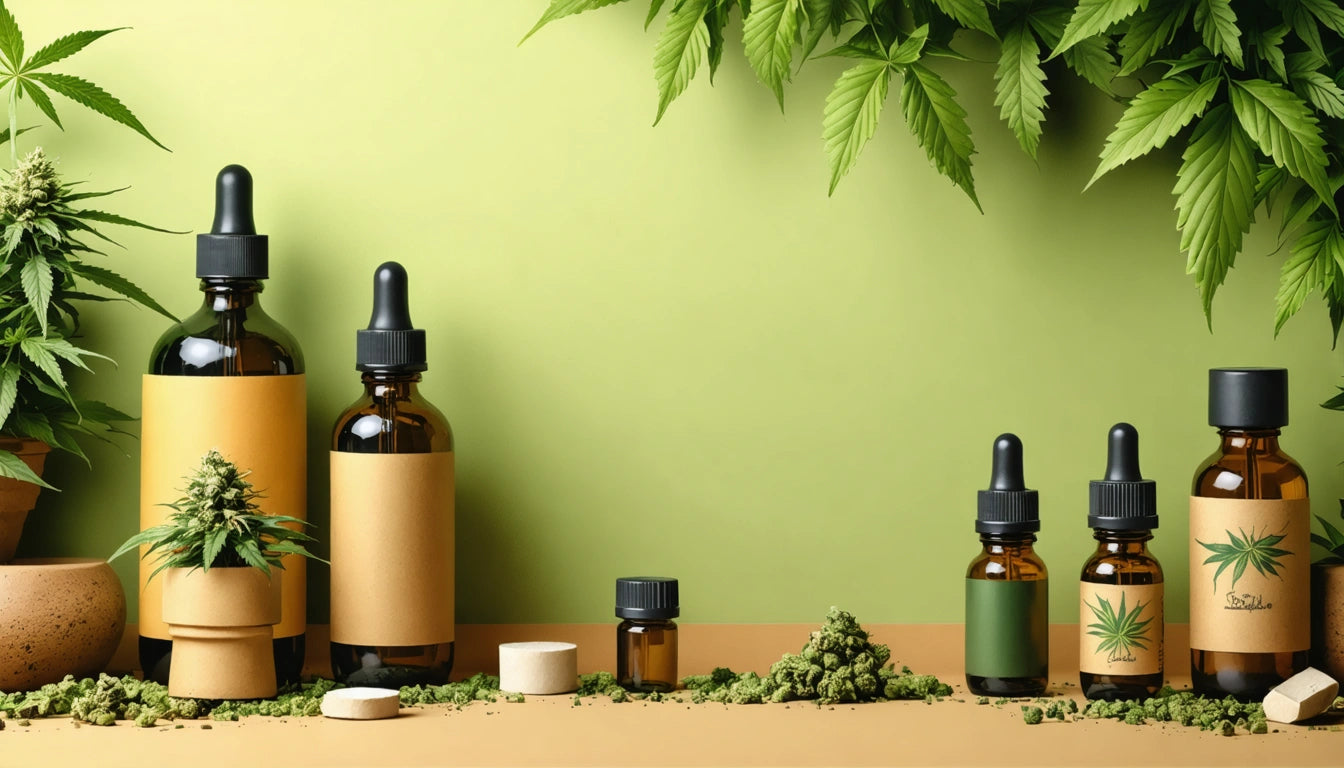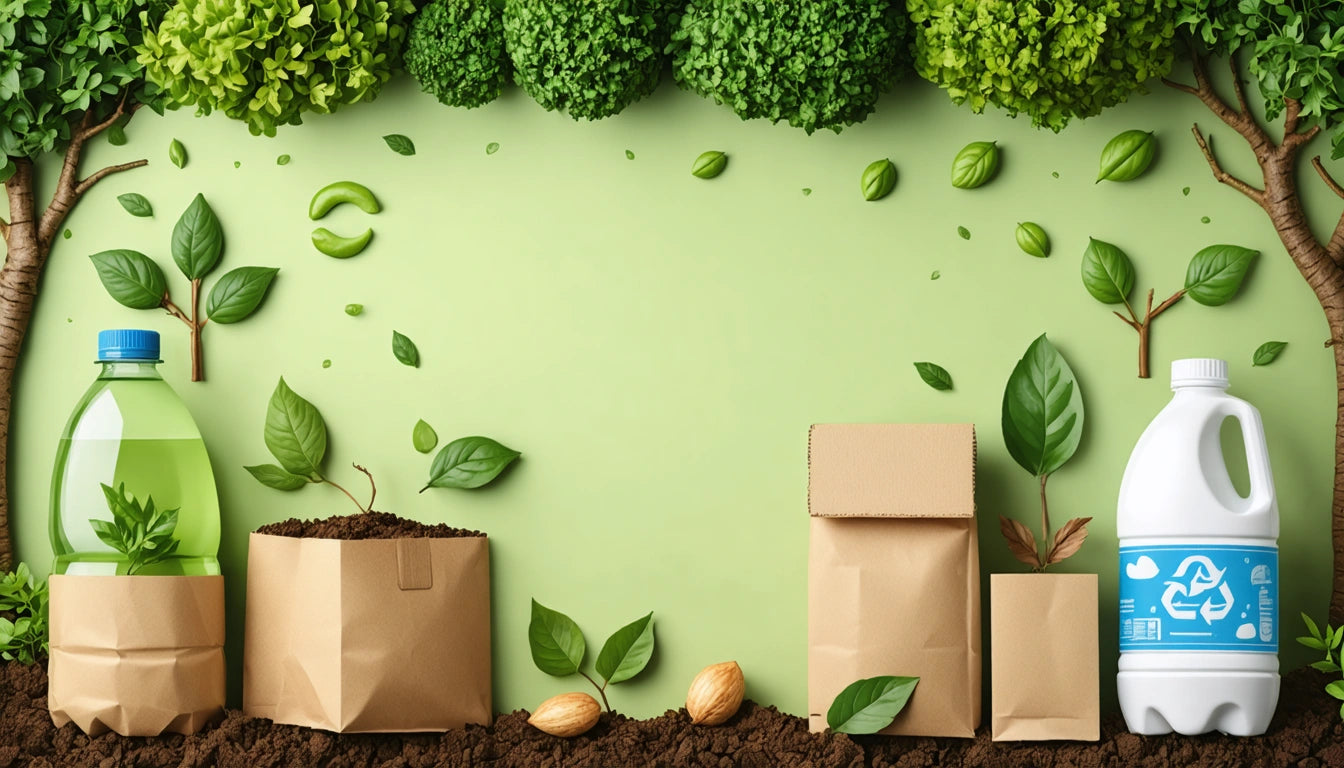Table of Contents
As cannabis becomes more mainstream, questions about its interaction with common substances like alcohol and caffeine have become increasingly important. These combinations can produce unpredictable effects that vary significantly between individuals. Understanding these interactions is essential for making informed decisions about consumption.
Understanding Cannabis Interactions with Other Substances
Cannabis contains numerous compounds that interact with the body's endocannabinoid system. The primary psychoactive component, THC, affects cognitive function, coordination, and perception. When combined with other substances, these effects can be altered, amplified, or counteracted in ways that may not be immediately obvious.
Unlike some medications that come with clear warning labels about potential interactions, cannabis products rarely include guidance about mixing with alcohol or caffeine. This lack of information can lead consumers to unintentionally create risky combinations.
Cannabis and Alcohol: A Potentially Risky Combination
The "Crossfade" Effect
When cannabis and alcohol are consumed together, users often experience what's commonly called a "crossfade" ”“ an intensified high that can be unpredictable and potentially uncomfortable. This occurs because alcohol can increase blood THC levels, leading to stronger effects than either substance would produce alone.
According to research, alcohol can increase THC absorption, potentially raising blood THC levels by nearly 30% compared to consuming cannabis alone. This amplification effect is why many users report feeling "higher" when drinking and using cannabis simultaneously.
Increased Impairment Risks
Both cannabis and alcohol independently impair motor coordination, judgment, and reaction time. When combined, these effects are not simply additive but can be synergistic, meaning the total impairment may be greater than the sum of each substance's individual effects.
This heightened impairment significantly increases risks associated with driving, operating machinery, or engaging in activities requiring focus and coordination. Driving after using cannabis is already risky, but adding alcohol dramatically compounds this danger.
Cannabis and Caffeine: Balancing Stimulation and Relaxation
The interaction between cannabis and caffeine presents a different dynamic compared to alcohol. Caffeine is a stimulant that increases alertness, while cannabis can have either stimulating or sedating effects depending on the strain and individual response.
Counteracting Effects
Some users report that caffeine can help counteract the sedative effects of certain cannabis strains, particularly indica-dominant varieties. This may be why coffee and cannabis are frequently paired, especially in morning or daytime consumption scenarios.
However, this counterbalancing effect isn't always beneficial. For individuals sensitive to anxiety or stimulation, combining a sativa-dominant strain with caffeine could potentially amplify nervousness or jitteriness. Cannabis-induced anxiety may be exacerbated by caffeine's stimulating properties.
Cardiovascular Considerations
Both cannabis and caffeine can affect cardiovascular function. Cannabis typically increases heart rate shortly after consumption, while caffeine can also increase heart rate and blood pressure. The combined effect could potentially create additional strain on the cardiovascular system, particularly in individuals with pre-existing heart conditions.
When preparing cannabis products for consumption, precision in dosing becomes especially important when mixing substances. Many producers use specialized equipment for accurate filling and measuring to ensure consistent experiences for consumers.
Individual Factors That Influence Combined Effects
The effects of mixing cannabis with alcohol or caffeine vary significantly between individuals based on several factors:
- Tolerance levels: Regular users of either substance may experience different interaction effects compared to occasional users.
- Metabolism: Individual metabolic differences affect how quickly substances are processed in the body.
- Body composition: Weight, body fat percentage, and other physical factors influence substance absorption and effects.
- Genetics: Some genetic factors can significantly alter how the body processes cannabinoids, alcohol, and caffeine.
- Consumption method: Whether cannabis is smoked, vaped, or ingested as an edible changes its absorption rate and interaction with other substances.
Understanding the difference between THC and CBD is also crucial, as CBD may interact differently with alcohol and caffeine compared to THC.
Harm Reduction Strategies for Safer Consumption
If you choose to combine cannabis with alcohol or caffeine, consider these harm reduction approaches:
Start Low and Go Slow
When mixing substances, it's wise to reduce your typical dosage of each. For example, if combining cannabis with alcohol, consume significantly less alcohol than you normally would when drinking alone. Starting with a lower cannabis dosage is especially important for beginners.
Timing Considerations
The sequence and timing of consumption can significantly impact effects. Many experienced users suggest:
- If mixing with alcohol, consume cannabis after feeling the effects of alcohol, not before.
- With caffeine, allow time to feel the caffeine effects before adding cannabis.
- Consider microdosing cannabis when combining with other substances.
Environment and Support
Choose a safe, comfortable environment when experimenting with substance combinations. Having trusted friends present can provide support if unpleasant effects occur. Know what to do if you get too high, which becomes even more relevant when mixing substances.
Know Your Limits
Be aware that the duration of cannabis effects may be altered when combined with other substances. The typical timeline for feeling effects and returning to baseline can change significantly, often extending the duration of impairment.
Making Informed Decisions About Mixed Consumption
While research on these substance interactions continues to evolve, the current evidence suggests caution when mixing cannabis with either alcohol or caffeine. The unpredictable nature of these combinations means that even experienced users may encounter unexpected effects.
For medical cannabis patients, it's particularly important to consult healthcare providers about potential interactions. Discussing cannabis use with your doctor should include conversations about alcohol and caffeine consumption if relevant.
As with all substance use, personal awareness and responsibility are key. Understanding your own sensitivity, setting appropriate limits, and recognizing when to abstain altogether are essential practices for reducing potential harms while still enjoying the benefits these substances may offer individually.











Leave a comment
All comments are moderated before being published.
This site is protected by hCaptcha and the hCaptcha Privacy Policy and Terms of Service apply.